Know your Plant
- Has exquisite markings on its leaves resembling peacock’s tail.
- Striking features with 10-12″ long oval silvery background leaves with dark green brushstrokes on the upper surface and burgundy markings beneath.
- Removes airborne toxins. Also has a reasonably high transpiration rate.
- A lovely addition to any home due to its beautiful foliage and bold markings.
Plant Essentials
Light
Semi-shade / Filtered sun-light
Temperature
Average room temperature is ideal. 15-24°C
Water
Keep the soil moist with room temperature water. Mist daily.
Media
Performs well in standard commercial potting soil. In hydroculture, pebbles should be occassionally flushed with fresh water to take care of salt build-up.
Fertiliser
Apply Half Strength balanced liquid fertiliser fortnightly in spring and summer.
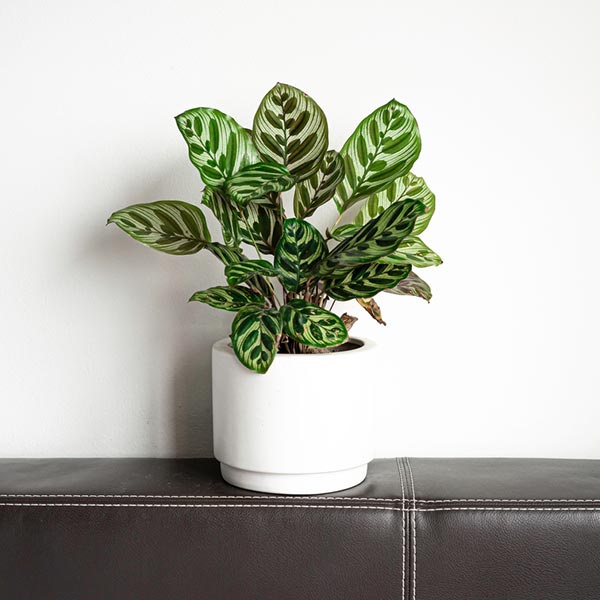
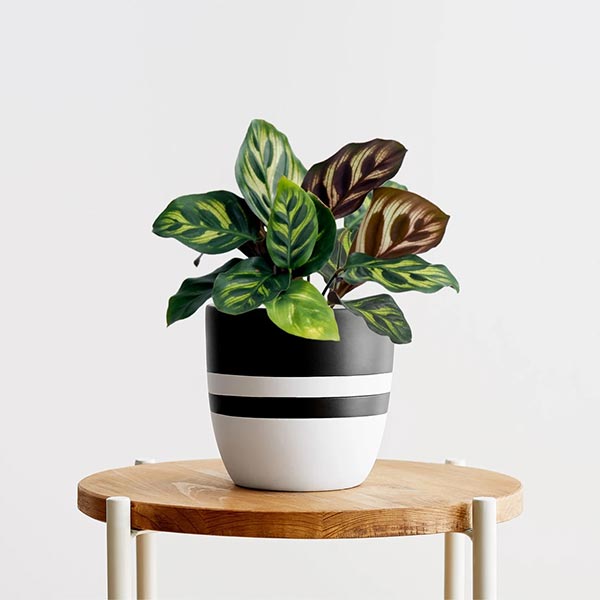
Potting
Plant in a 5-6"" pot. Repot every 2 - 3 years when root bound.
Other Tips/ Info
Keep out of direct sun and draughts.
Preferred Pot Size
5-6 inches
Maximum Height
2 feet
Approx. Spread
2 feet
5/5
(1 Review)


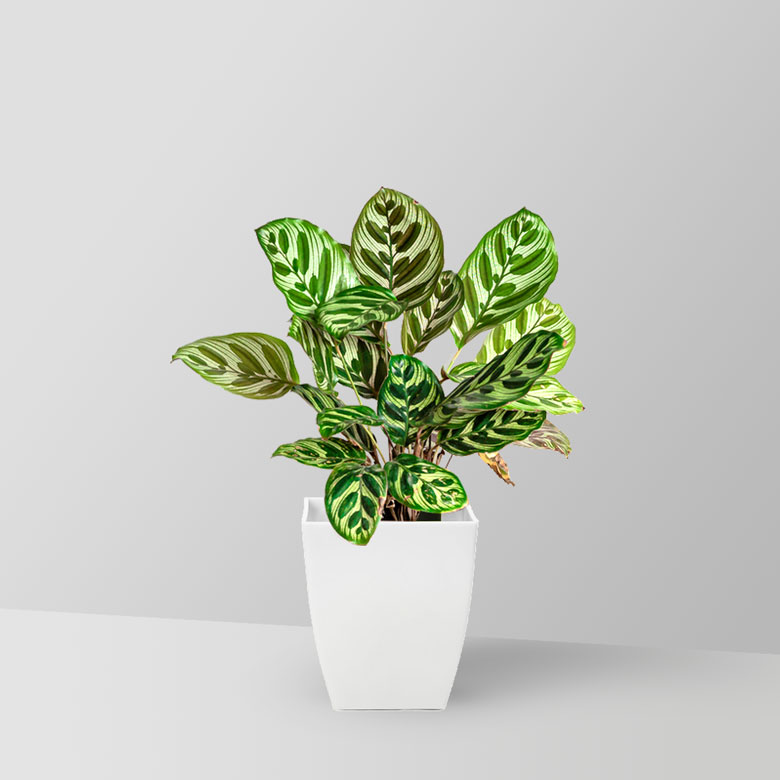
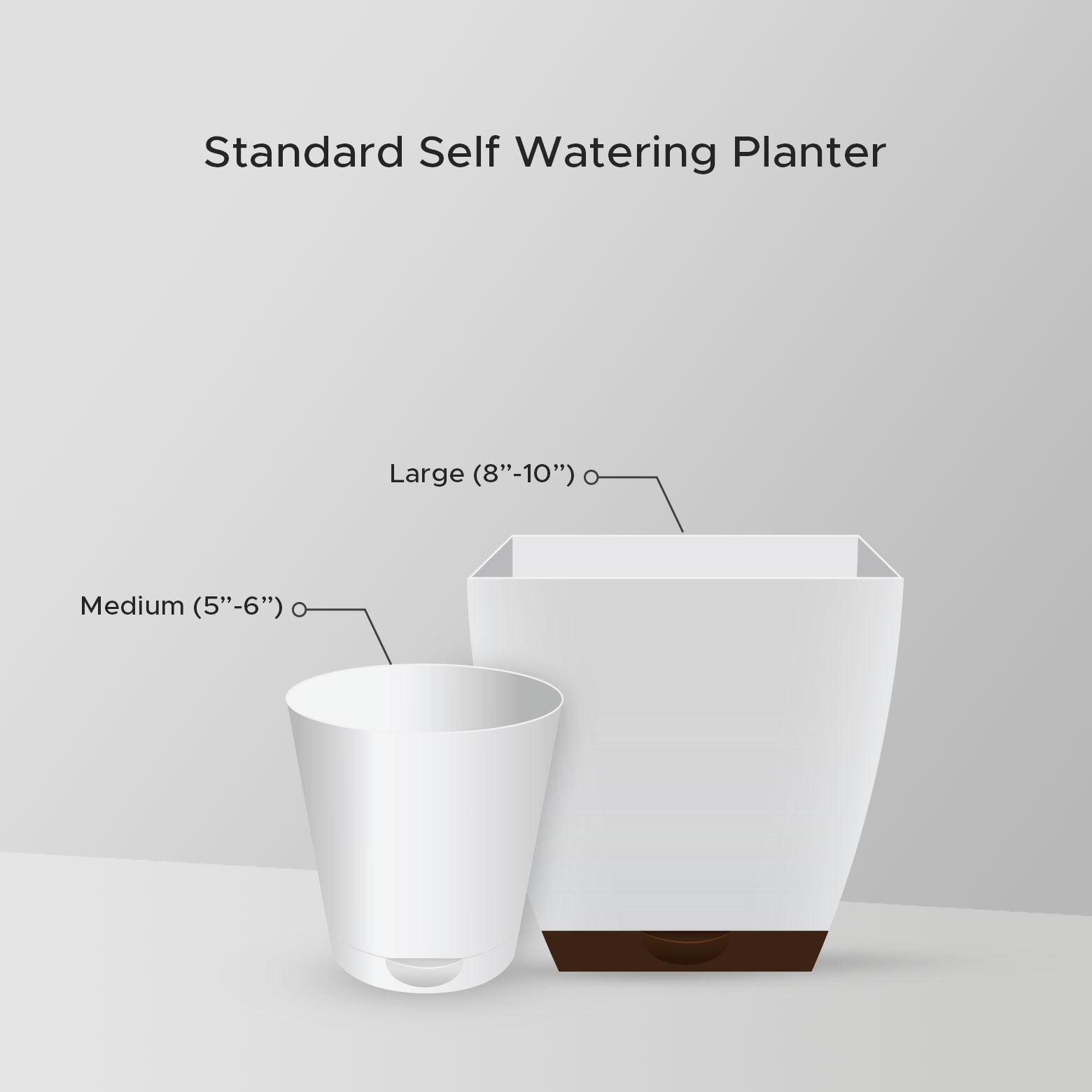
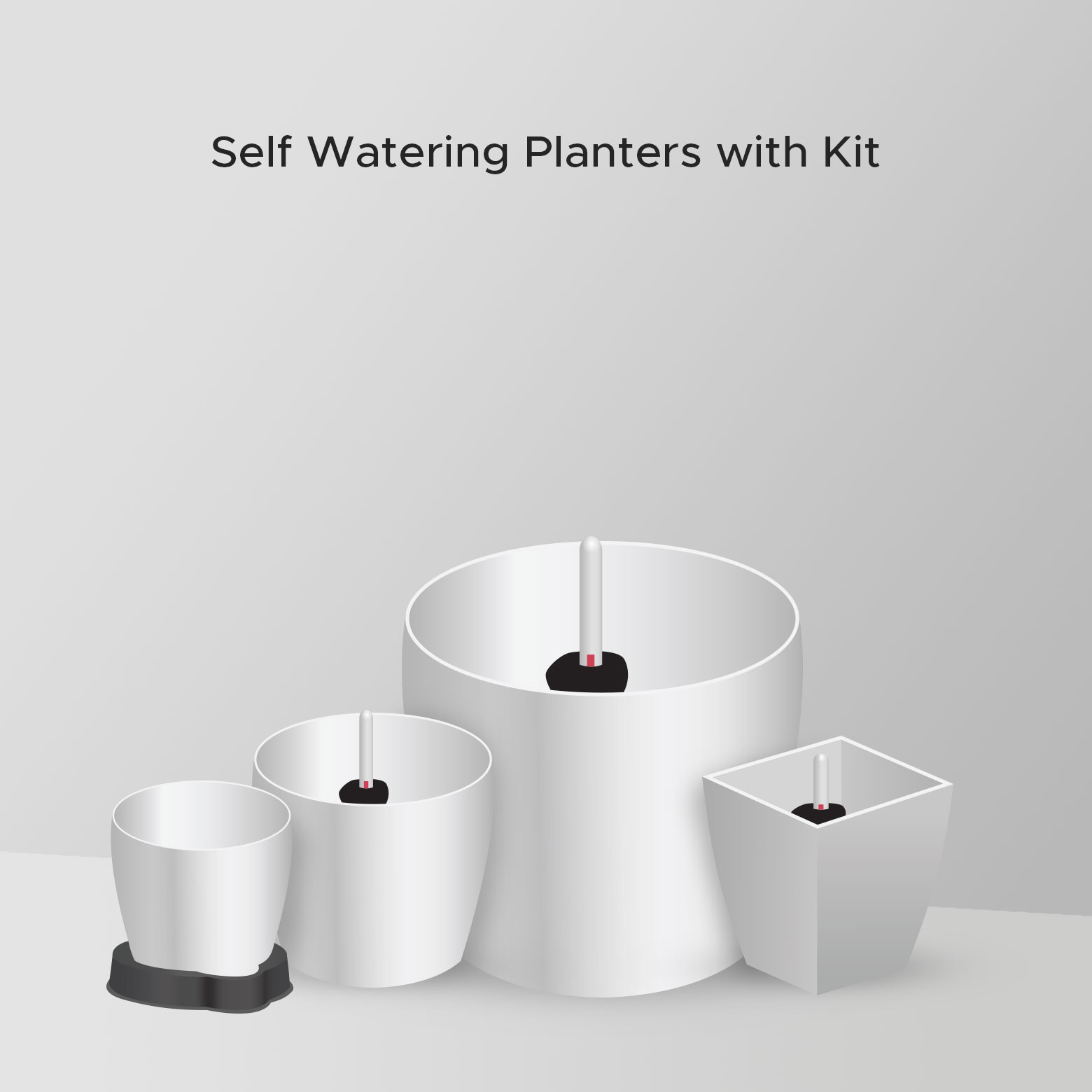
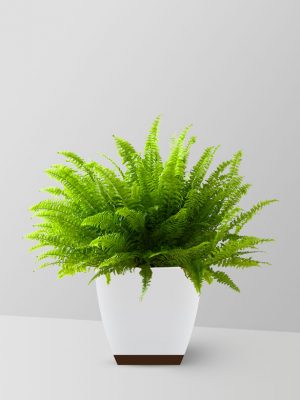
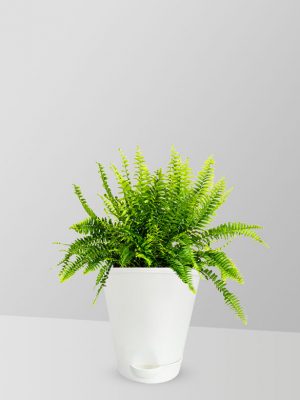
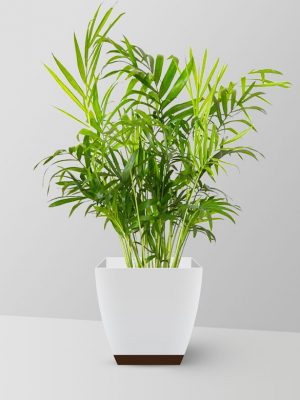


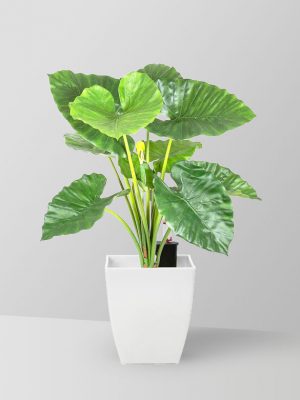
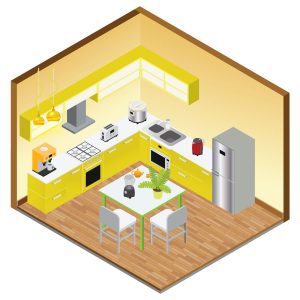


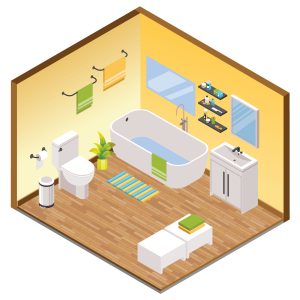
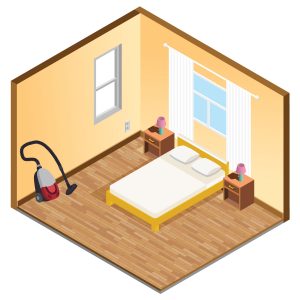
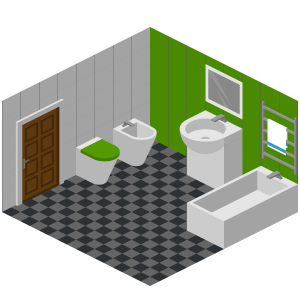

1 review for Peacock Plant
There are no reviews yet.